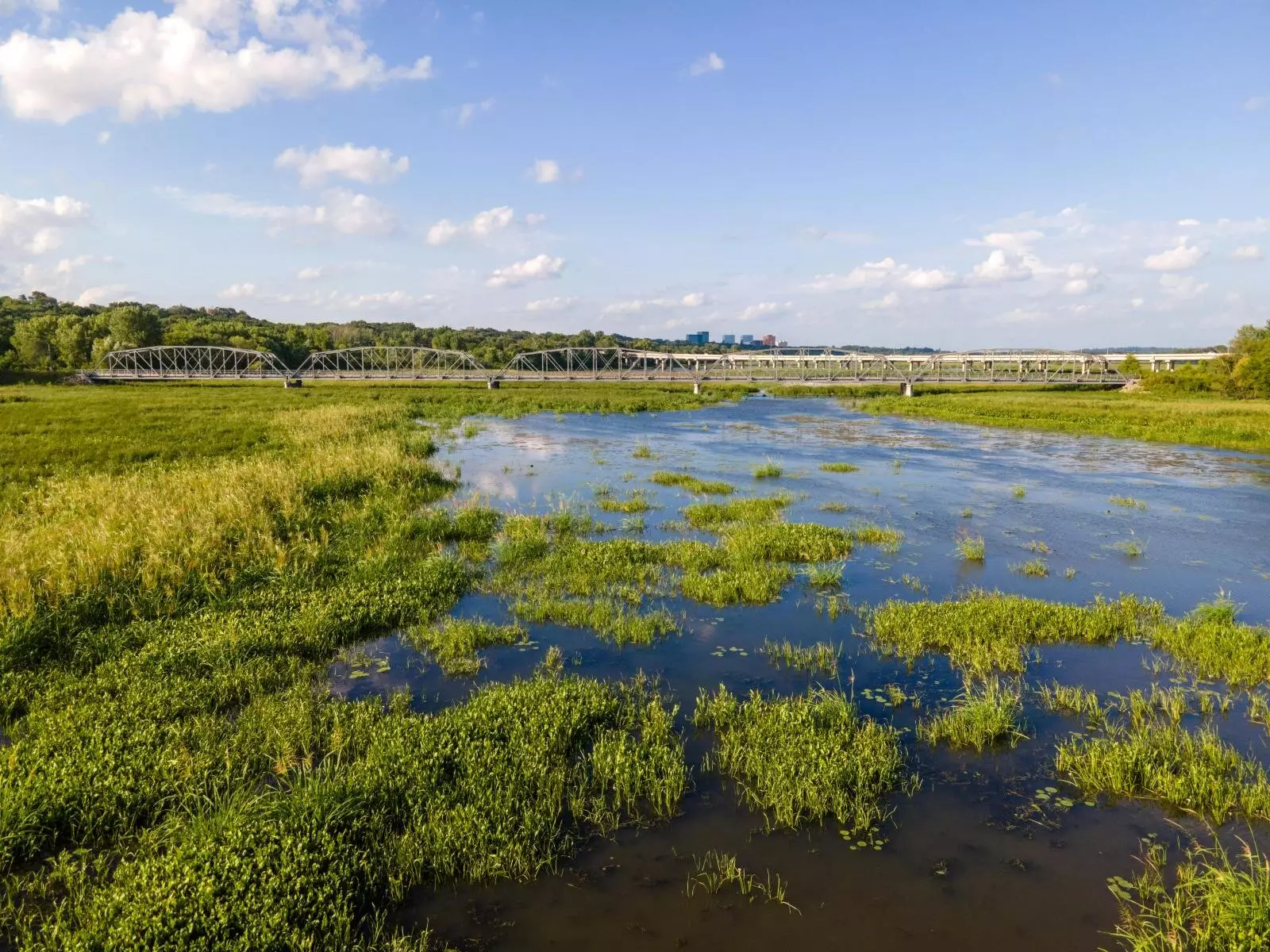Earth system models (ESMs) have become indispensable in the scientific analysis of climate dynamics, especially in understanding the multifaceted impacts of climate change on sensitive ecosystems such as wetlands. These models are integral to forecasting not merely temperature shifts but the broader implications those shifts entail for flora and fauna dependent on these habitats. However, a significant shortcoming persists within current ESM frameworks: they often oversimplify the complex hydrological processes that govern wetland dynamics. This crucial gap leads to a lack of robust predictions, thereby questioning the reliability of various climate impact assessments.
Advancements from Cutting-Edge Research
A groundbreaking study facilitated by researchers from institutions like the Pacific Northwest National Laboratory and the University of Michigan shines a light on the pathway toward refining these environmental predictive tools. By harnessing a state-of-the-art ESM that integrates sophisticated mechanisms of inundation, the study emphasizes the importance of not just simulating wetland environments, but validating those simulations against real-world data sourced from satellite observations. This critical-validation process is pivotal, as it adds a layer of authenticity to the assessments, ensuring that projected outcomes align more closely with observable trends.
Unveiling the Future of North American Wetlands
The findings of this rigorous research present a grim outlook for North American wetlands. Projections indicate a worrying trend where annual wetland areas might witness a decline of approximately 10% under high emission scenarios. However, this number is not just a static figure; it cloaks a more intricate reality with spatiotemporal variations that could range up to ±50%. As the study delineates, the hydrological balance within these ecosystems is poised to shift dramatically, transitioning the primary drivers of wetland changes from precipitation patterns to temperature intensities. In particular, the summer months pose a concerning risk as biotic processes peak; during this time, substantial drying could decimate the delicate ecosystems that rely heavily on stable moisture levels.
Biodiversity at Risk
The implications of altered wetland dynamics are far-reaching, extending beyond mere statistics to the very biodiversity that calls these ecosystems home. In regions like upper Mississippi, Southeast Canada, and the Everglades, projected changes to wetland seasonality cycles are anticipated to wreak havoc on local biodiversity. The disruptions could catalyze cascading effects, endangering the myriad species that depend on wetland ecosystems for survival. It’s not just an environmental issue — it’s a biodiversity crisis in the making.
The Call for Mitigation Strategies
As climate change scenarios unfold, the connection between emission mitigation strategies and the preservation of wetland ecosystems becomes undeniably clear. The research underscores the necessity for immediate and sustained efforts to reduce greenhouse emissions. Without proactive intervention, our wetlands — crucial buffers against climate impacts — could face unprecedented challenges that threaten their very existence. It is vital that policymakers and stakeholders recognize this pressing need, as the forecast of wetland futures is too significant to disregard. The health of these ecosystems is intrinsically linked to our stewardship of the planet’s climate, and decisive steps must be taken to safeguard them for future generations.


Leave a Reply